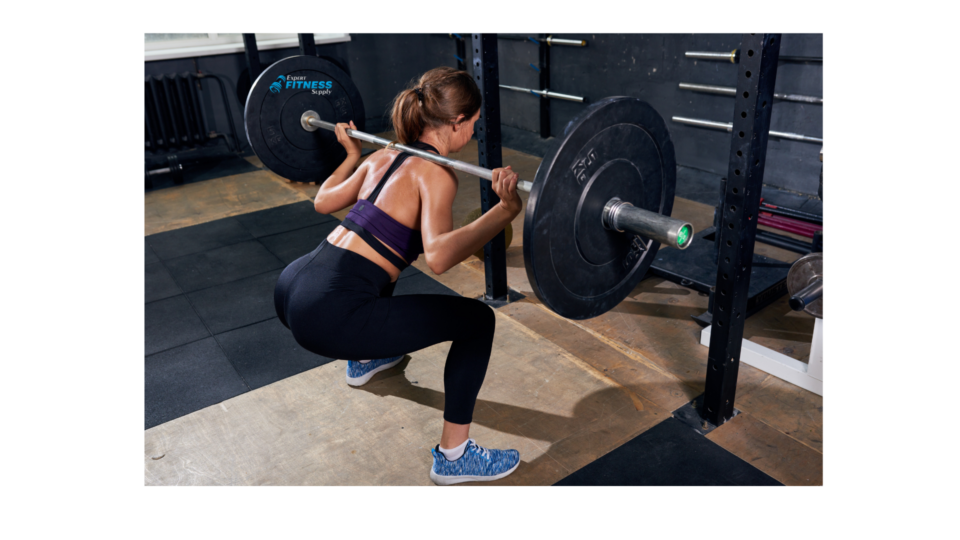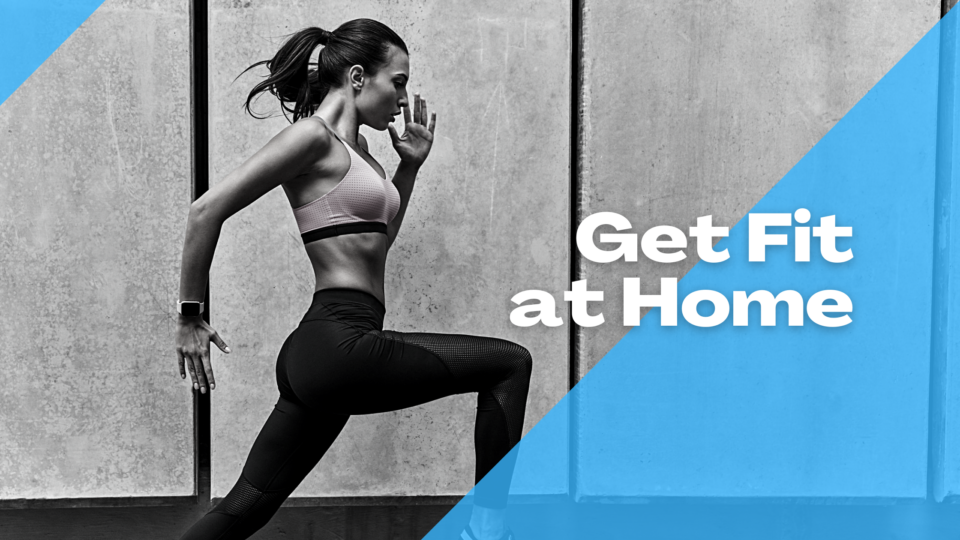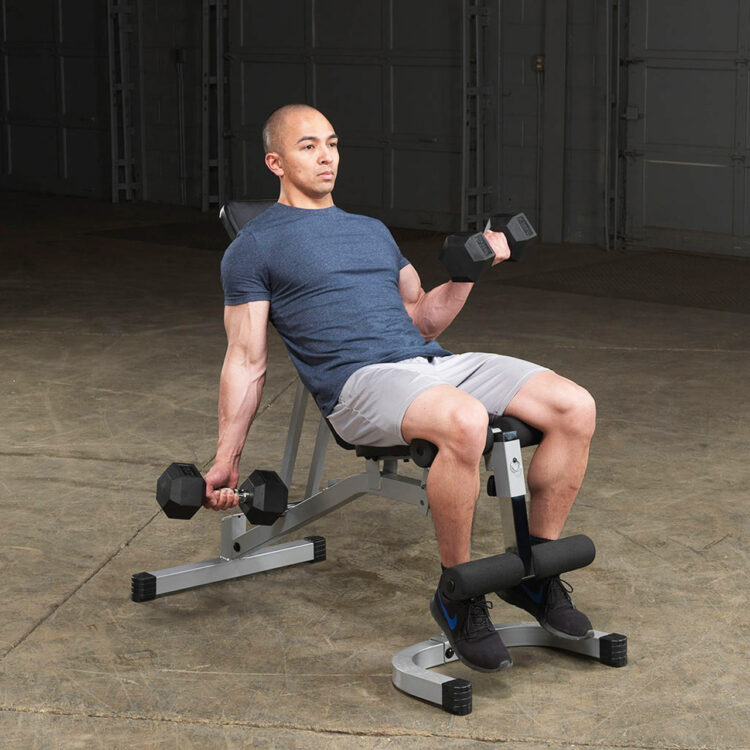- Email us if you have any questions:
- [email protected]
Low-Intensity Fitness Equipment vs. High-Intensity Fitness Equipment

5 of the Best Pieces of Warm Weather Workout Equipment
April 14, 2022
Affordable Home Gym Packages for Sale
April 26, 2022When done correctly, both low intensity and high-intensity workouts are extremely beneficial for your health and getting in shape. Also known as high impact or low impact workouts, this refers to the impact the workout has on your body. A low-impact workout is something like yoga or swimming, while a high impact includes strength training and HIIT workouts. Sometimes individuals choose low-impact workouts due to physical limitations, and sometimes the choice is made simply out of preference. Which is best for you? Read on.
Low-Intensity Training
A low-intensity training is generally done somewhere around 40-60% of your maximum heart rate. Some forms of this type of training includes walking, biking, swimming, jogging or yoga – basically any type of consistent movement that will keep your heart rate at the desired level.
Typically users will not get out of breath during low-intensity training, in other words, you should be able to carry on a conversation during whatever you are doing. If you are having trouble talking and you can assume you’re shifting towards high-intensity and may want to consider slowing down.
High-Intensity Training
High-intensity interval training is commonly known as HIIT and has become an increasingly popular form of workout. HIIT is a training technique during which the user alternates between quick, intense exercises and short recovery or rest periods.
HIIT tends to include exercises such as sprints, burpees, squats, pushups, and a variety of other drills that use your body weight or loose equipment such as dumbbells, kettlebells, medicine balls, and more.
High Intensity & Low-Intensity Exercises
Here’s a look at different types of high intensity and low-intensity exercises you can partake in:
High Intensity
- HIIT workouts
- Running
- Cross-Fit
- Calisthenics
- Jumping Rope
- Tennis
- Hiking
Low Intensity
- Swimming
- Walking
- Yoga
- Cycling
- Pilates
- Spinning
Exercise Equipment to Consider
Here’s some fitness equipment to consider for both high intensity and low-intensity workouts:






